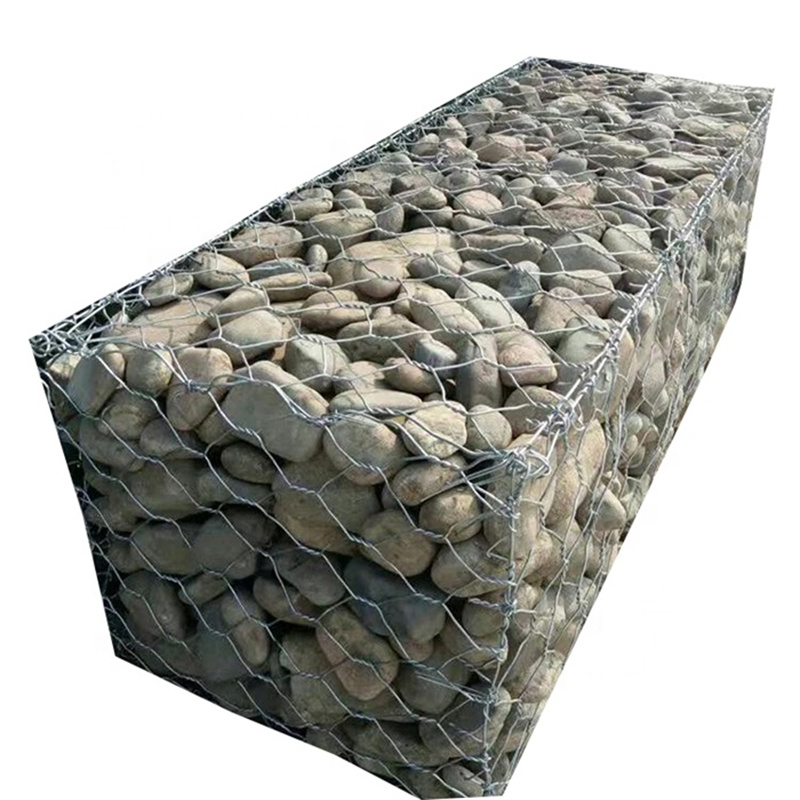10月 . 04, 2024 07:45 Back to list
low gabion retaining wall
Building a Low Gabion Retaining Wall An Effective Solution for Erosion Control
A retaining wall is a crucial structure in landscaping and civil engineering, especially in areas prone to soil erosion and slope instability. Among various types of retaining walls, low gabion retaining walls are gaining popularity due to their unique design, environmental benefits, and cost-effectiveness. This article will explore the advantages and considerations of constructing a low gabion retaining wall.
Gabions are wire mesh cages filled with natural stones or rocks, providing a sturdy barrier against soil erosion while allowing water to flow through them. Their porous nature helps in preventing water buildup behind the wall, which can lead to pressure and potential structural failure. Low gabion retaining walls, typically ranging from 1 to 3 feet in height, are ideal for smaller landscaping projects, garden terraces, and enhancing aesthetic appeal while stabilizing soil.
One of the primary advantages of low gabion retaining walls is their natural integration into the environment. Unlike concrete walls that can appear stark and unnatural, gabions blend harmoniously with the surroundings. As the stones can be sourced locally, these walls become a sustainable option for eco-conscious builders and homeowners. Over time, the stones can support the growth of vegetation, further enhancing the wall's ecological footprint.
low gabion retaining wall

Another significant benefit of gabion walls is their ease of construction. Unlike traditional retaining walls that require extensive labor and specialized equipment, low gabion walls can often be built as a DIY project. Homeowners can find guidance online or in local home improvement stores regarding the proper construction techniques. For those who prefer to hire professionals, gabion walls generally require less time and labor compared to more complex structures, resulting in lower costs.
Low gabion retaining walls can also be an effective solution for managing water runoff. With their permeability, they allow water to seep through rather than building up behind the wall. This feature minimizes the risk of erosion and improves drainage in gardens or sloped areas, where excess water can create hazardous conditions. Additionally, the stones used can be chosen based on their ability to withstand local weather conditions, enhancing the wall's durability.
However, while low gabion retaining walls have many advantages, there are some considerations to keep in mind. Proper planning and design are essential to ensure that the wall meets local building codes and can effectively support the soil behind it. Depending on the location and intended purpose, it may be necessary to consult with an engineer or geotechnical expert. Furthermore, while gabion walls are generally low-maintenance, periodic inspections are recommended to check for any shifting or settling, especially after heavy rainstorms.
In conclusion, low gabion retaining walls present an excellent option for those seeking a practical and aesthetically pleasing solution to soil stabilization. Their minimal impact on the environment, ease of installation, and effective drainage capabilities make them a valuable choice for various landscaping projects. Whether you are looking to enhance your garden or prevent erosion in a sloped area, a low gabion retaining wall could be the ideal solution. By carefully considering the design and construction, homeowners can enjoy the fusion of functionality and beauty that gabion walls provide.
-
The Role of Galvanized Gabion Mesh in Riverbank Protection
NewsJun.26,2025
-
The Role of Gabion Basket Raised Bed in Sustainable Gardening
NewsJun.26,2025
-
Quality Assurance of Wire Mesh Gabion Baskets
NewsJun.26,2025
-
Installation Guide for Welded Gabion Box
NewsJun.26,2025
-
How to Choose the Right Gabion Box
NewsJun.26,2025
-
Different Types of Gabion Wire Mesh
NewsJun.26,2025
-
Why PVC Coated Gabion Mattress Is the Best Solution for Long-Term Erosion Control
NewsMay.23,2025






